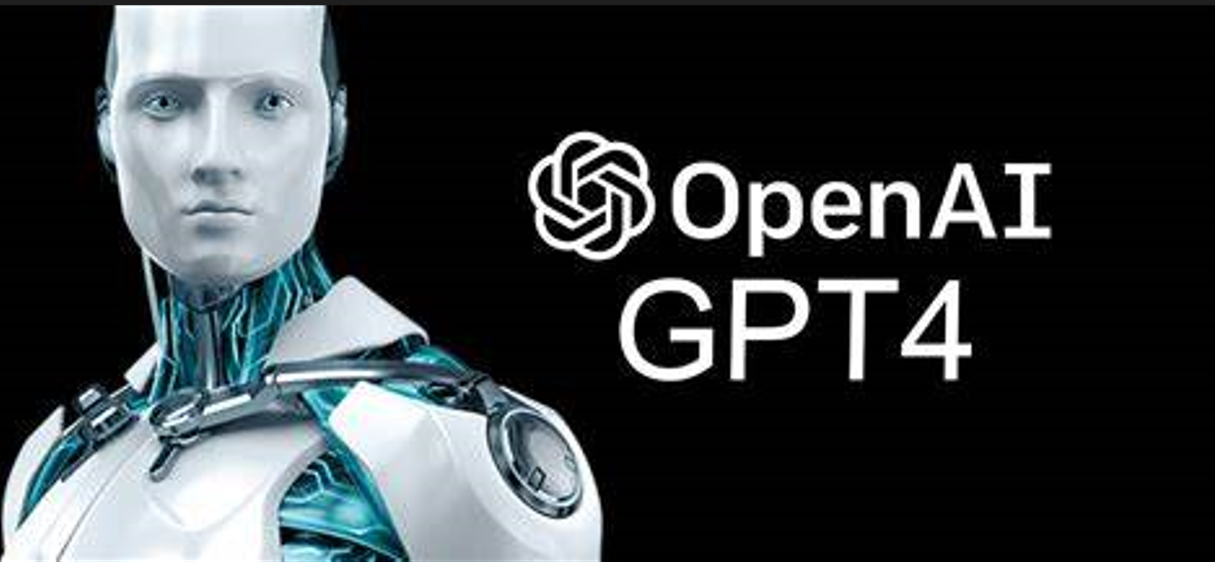As AI models continue to advance, researchers and scientists have been eagerly anticipating the arrival of GPT-4, developed by OpenAI. This AI model has already demonstrated impressive capabilities, such as being able to turn hand-drawn sketches of websites into actual code. However, there is also frustration among some scientists due to a lack of transparency surrounding the model’s training and how it works.
According to Sasha Luccioni, a research scientist specializing in climate at HuggingFace, an open-source AI community, “all of these closed-source models, they are essentially dead-ends in science.” This is because without transparency in how the models were trained, it is difficult to understand how they actually work, making it impossible to replicate results or improve upon the models. OpenAI has stated that they will be releasing more information about GPT-4 soon, but for many scientists, the lack of transparency is a major concern.
Andrew White, a chemical engineer at the University of Rochester, has had privileged access to GPT-4 for the past six months as a red-teamer, someone paid by OpenAI to test the model and look for potential vulnerabilities. While White initially thought GPT-4 was not doing anything particularly new or different from its predecessor, GPT-3, he was impressed by GPT-4’s ability to turn a hand-drawn doodle of a website into the computer code necessary to build the actual website. This capability could potentially revolutionize the web design industry, allowing designers to quickly create websites from rough sketches.
However, the lack of transparency surrounding GPT-4 is a major concern for many scientists. As AI models become increasingly powerful and capable, it is critical that we understand how they work in order to ensure that they are being used responsibly. This is particularly true for a model like GPT-4, which has the potential to generate large amounts of data and create entire websites from scratch. Without transparency in how the model was trained and how it works, it is impossible to know if the model is being used ethically and responsibly.
These concerns have been echoed by scholars from various fields who are eager to learn more about the inner workings of GPT-4 and how it can be utilized for both mundane tasks, such as optimizing web page design, and more complex tasks, such as understanding complex conversations. While GPT-4 has already demonstrated impressive capabilities, its full potential can only be realized with greater transparency from OpenAI.
One of the key concerns with GPT-4 and other AI models is the potential for biases to be encoded into the models. As with any data-driven system, the data used to train the model can impact the results it produces. If the data is biased in some way, the model will also be biased. This has already been a major issue with previous AI models, and it is important to ensure that GPT-4 is not perpetuating biases or discrimination.
To address this issue, OpenAI has stated that they will be releasing a dataset of prompts for GPT-4 that have been specifically designed to test for biases. This dataset will be made available to researchers so that they can test the model and identify any biases that may be present. This is an important step in ensuring that GPT-4 is being used ethically and responsibly.
Another concern with GPT-4 is the potential for it to be used maliciously. AI models like GPT-4 can be used to create convincing fake content, such as news articles or social media posts, that could be used to spread misinformation or propaganda. This is already a major issue with existing AI models, and it is important to ensure that GPT-4 is not being used to spread harmful content.
While the hype surrounding GPT-4 continues to grow, it is important to note that the AI model is not without its limitations. For instance, one of the biggest challenges for GPT-4 is the ethical considerations that arise from its impressive capabilities. The potential for misuse or abuse of the technology is significant, and experts are already warning about the need for regulation to ensure responsible use.
Another limitation of GPT-4 is its dependence on vast amounts of data. The model’s ability to generate coherent and grammatically correct text is largely due to its access to an enormous dataset. This dependence on data raises concerns about the quality and accuracy of the information being fed into the model. There is a risk that the model could perpetuate biases and reinforce existing inequalities if not adequately monitored.
Despite these challenges, the potential applications of GPT-4 are vast and varied. One of the most exciting possibilities is its use in scientific research. GPT-4’s ability to generate large amounts of data and analyze complex patterns could revolutionize the scientific process. For example, the model could be used to generate synthetic data that could be used to train other AI models or even predict new scientific discoveries.
GPT-4’s potential in the medical field is also significant. The model’s natural language processing capabilities could be used to analyze electronic health records, identify patterns in medical data, and develop personalized treatment plans for patients. Additionally, GPT-4 could be used to automate routine tasks in healthcare, freeing up medical professionals to focus on more complex and specialized tasks.
Another exciting application of GPT-4 is its potential use in education. The model’s ability to generate coherent and grammatically correct text could be used to develop educational materials and textbooks, personalized to the learning style and needs of individual students. Additionally, GPT-4 could be used to generate language lessons, practice exercises, and even chatbots that simulate natural conversation, making language learning more interactive and engaging.
While GPT-4 has the potential to transform many industries and fields, it is important to approach its development and deployment with caution. The ethical considerations surrounding AI and the potential for misuse must be taken seriously. Additionally, as with any new technology, there will be challenges and limitations that must be overcome.
As the development of GPT-4 and other AI models continues, it is critical that researchers and policymakers work together to ensure that the technology is developed and deployed responsibly. This includes promoting transparency and accountability in the development process, investing in ethical research, and regulating the use of AI to prevent abuse and misuse.
In conclusion, GPT-4 is a significant development in the field of artificial intelligence, with the potential to transform many industries and fields. While the model’s capabilities are impressive, there are also significant challenges and limitations that must be considered. As the development of GPT-4 and other AI models continues, it is essential that we prioritize ethical considerations and work to ensure that the technology is developed and deployed in a responsible and accountable manner.



















